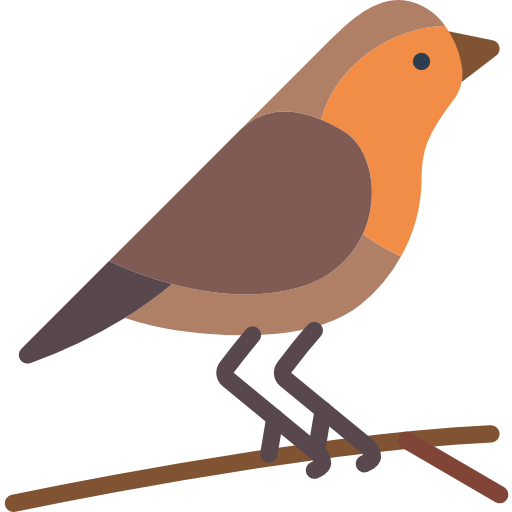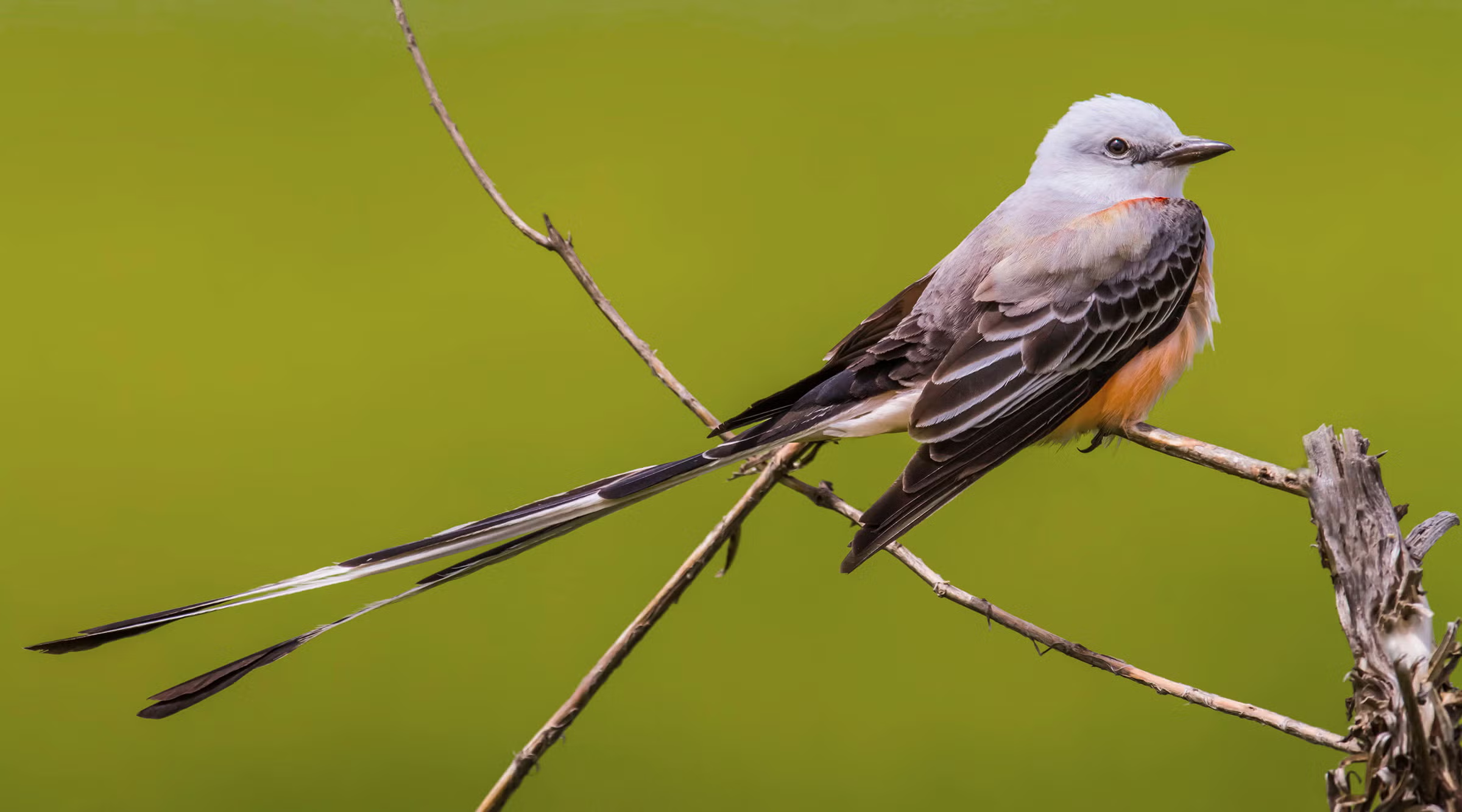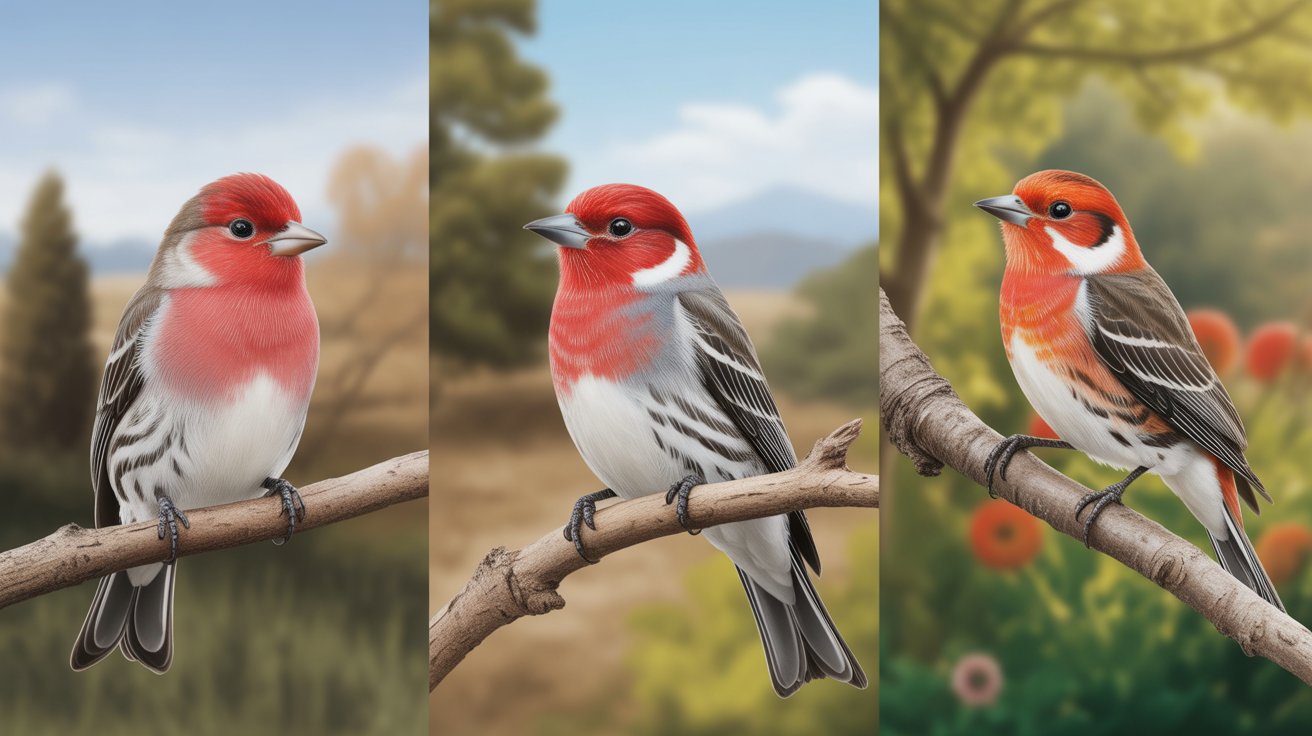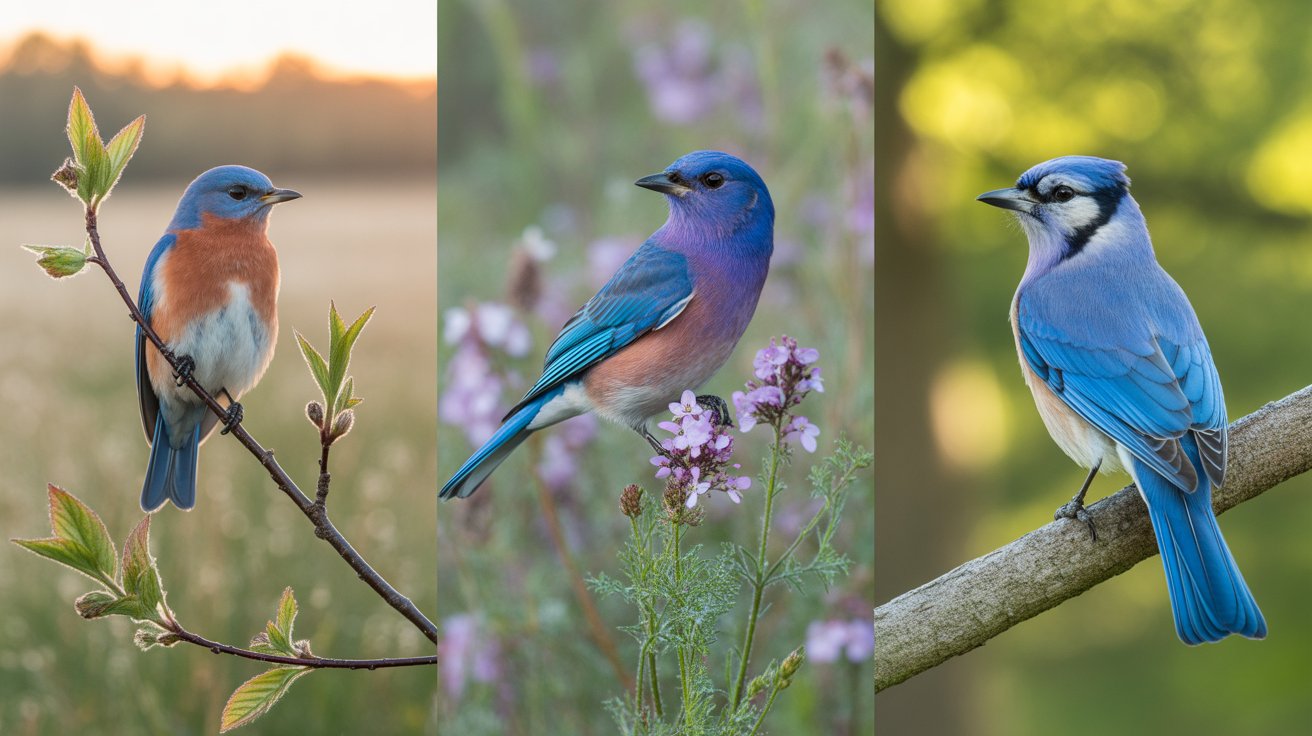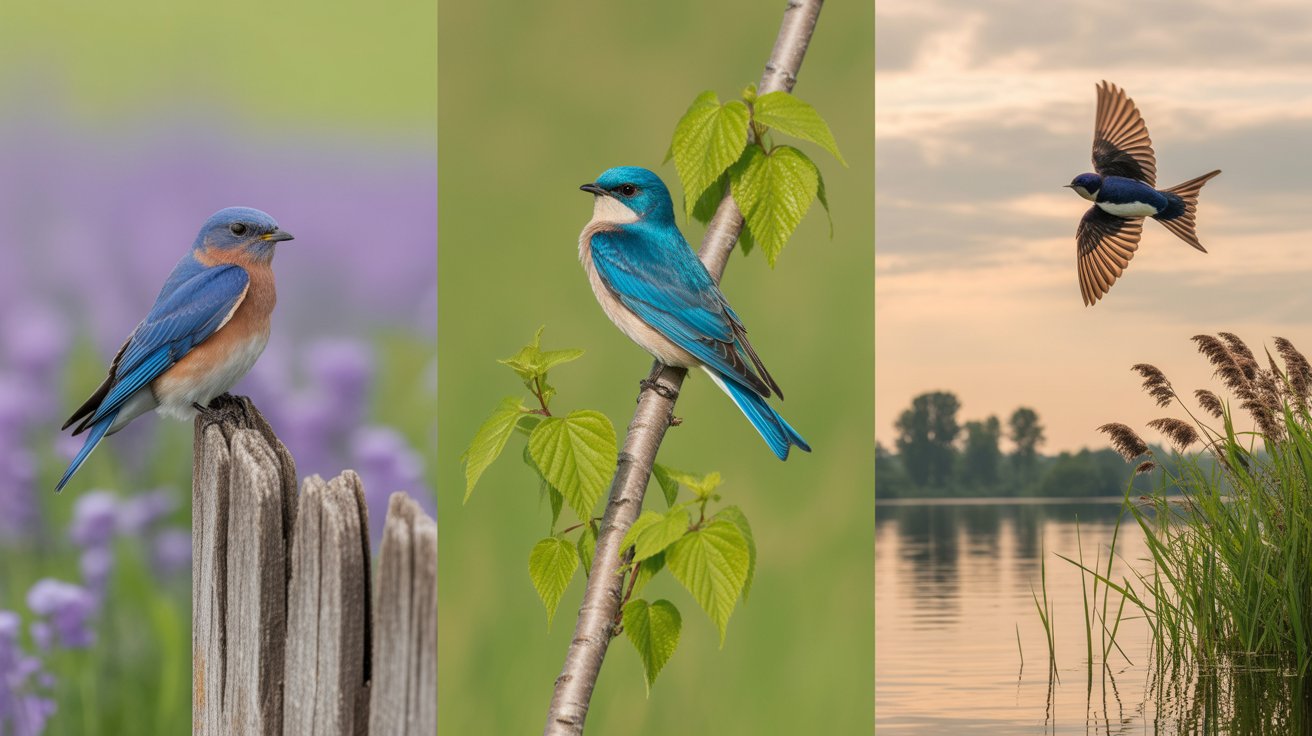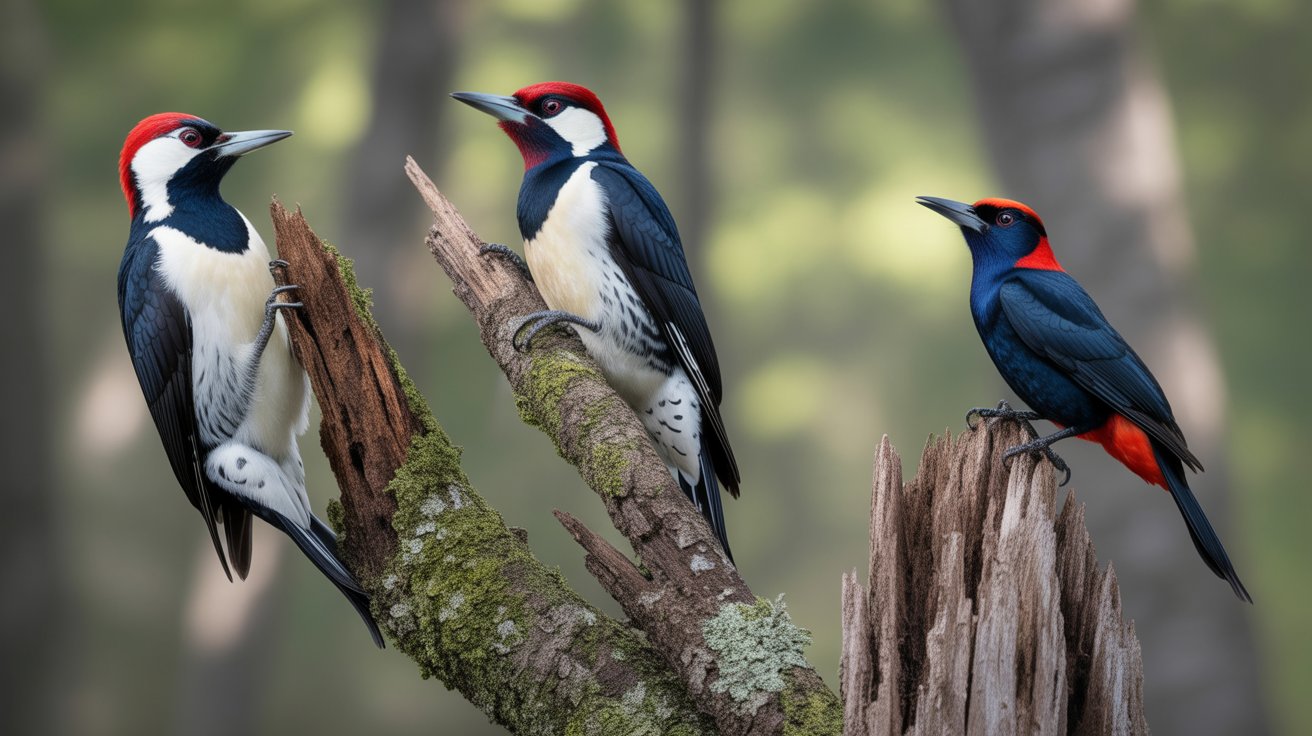Have you ever spotted a bird with a tail so long and elegant that it almost looks like a pair of scissors slicing through the air? That’s the Scissor-tailed Flycatcher, one of the most eye-catching birds found across the southern United States and Central America. Whether you’re a backyard birdwatcher or just curious about nature, the Scissor-tailed Flycatcher is a bird worth knowing.
You’ll find this bird perched on fence lines or swooping gracefully through open fields, often flashing its uniquely forked tail behind it. It’s not just a beautiful sight—it’s also a fascinating creature with unique behaviors, feeding habits, and nesting patterns that set it apart from many other birds.
In this article, you’ll explore everything you need to know about the Scissor-tailed Flycatcher, from its dazzling appearance to where it lives, how it behaves, what it eats, and how it raises its young. Along the way, you’ll pick up some fun facts that will make you appreciate this bird even more.
Let’s take a closer look at this aerial acrobat of the skies.
Scissor-tailed Flycatcher (Tyrannus forficatus)
Scientific Classification
- Common Name: Scissor-tailed Flycatcher
- Scientific Name: Tyrannus forficatus
- Family: Tyrannidae
- Order: Passeriformes
- Genus: Tyrannus
- Species: T. forficatus
The Scissor-tailed Flycatcher belongs to the kingbird group within the tyrant flycatcher family. Despite its delicate and graceful appearance, it’s part of a group known for being assertive and highly territorial.
Physical Description
The Scissor-tailed Flycatcher is a medium-sized bird with a striking and unforgettable silhouette. Measuring about 14 to 15 inches in length, much of this size comes from its remarkably long, forked tail which can span up to 9–10 inches alone.
- Wingspan: Approximately 15 inches
- Weight: Around 1.3 to 1.5 ounces (about 37–43 grams)
- Plumage: Soft gray upperparts contrast beautifully with pale whitish underparts. A wash of salmon-pink or coral can be seen on the flanks and under the wings, especially noticeable during flight.
- Tail: The tail is unmistakably long and deeply forked—shaped like open scissors—which is where the bird gets its name. Males tend to have longer tails than females.
- Eyes & Beak: The eyes are dark and alert, perfectly adapted for spotting insects mid-air. Its beak is short, wide, and flat—ideal for snatching up flying prey.
Despite its flamboyant appearance, this bird blends surprisingly well into its open grassland and prairie surroundings.
Habitat and Distribution
You’re most likely to find the Scissor-tailed Flycatcher in open country, rangelands, prairies, savannas, and roadside wires. It loves areas with scattered trees and plenty of open space to hunt insects in flight.
- Breeding Range: Southern United States, primarily in Texas, Oklahoma, Kansas, and nearby states.
- Wintering Range: The bird migrates to Mexico and Central America during the winter months.
- Preferred Habitat: Open grasslands, farmlands, scrublands, pastures, and even urban areas with scattered trees.
Their adaptability to both rural and semi-urban environments makes them fairly easy to spot if you’re in their range during the right season.
Behavior
Scissor-tailed Flycatchers are known for their graceful aerial acrobatics. You’ll often see them darting through the air, twisting and turning to snatch flying insects with great precision. Their long tails help them maneuver sharply in the sky, almost like rudders on a boat.
They are also quite territorial, especially during the breeding season. Males perform dramatic flight displays to defend territory and attract mates, often opening and closing their tails like fans in mid-air.
They are highly vocal, producing sharp, chirpy calls and high-pitched twittering, especially during courtship or alarm.
Diet
As their name suggests, Scissor-tailed Flycatchers primarily eat insects. They are insectivorous, catching most of their food in flight.
- Primary Diet: Grasshoppers, beetles, wasps, dragonflies, and other flying insects
- Feeding Style: Flycatching – darting from perches to snatch prey mid-air
- Occasional Foods: During colder seasons, they may also consume small fruits and berries
If you’re a gardener or farmer, these birds can be beneficial allies by naturally reducing pest populations.
Breeding and Nesting
The breeding season for Scissor-tailed Flycatchers typically starts in late spring, around April or May, depending on location.
- Nesting Sites: High tree branches, utility poles, and even fence posts
- Nest Material: Twigs, grasses, and often man-made items like string or cloth
- Clutch Size: Usually 3 to 6 eggs
- Incubation: About 14–17 days, primarily by the female
- Fledging: Chicks leave the nest after around 14–17 days post-hatching
Interestingly, both parents share in feeding and defending the young. These birds are fiercely protective of their nests, often dive-bombing much larger animals (or humans) that get too close.
Interesting Facts About the Scissor-tailed Flycatcher
- State Bird of Oklahoma: This bird holds the honor of being Oklahoma’s official state bird.
- Tail Drama: Males with longer tails tend to have greater success in attracting females—a true case of “longer is better” in the bird world.
- Use of Human Trash: These birds are known to incorporate artificial materials into their nests, including bits of string, plastic, and even cigarette filters.
- Flexible Diet: Although primarily insectivores, they show flexibility by feeding on berries when insects are scarce.
- Migration Masters: They travel thousands of miles to and from Central America each year, showing incredible navigational ability.
Frequently Asked Questions
1. Are Scissor-tailed Flycatchers aggressive?
Yes, they can be quite aggressive during breeding season, especially when defending their territory or nest. They often chase off larger birds like crows and hawks.
2. What time of year can I see Scissor-tailed Flycatchers in the U.S.?
You’ll typically see them in the U.S. from late March to early October, especially in southern states like Texas and Oklahoma.
3. Do both male and female Scissor-tailed Flycatchers have long tails?
Yes, but the male’s tail is longer and more deeply forked. It’s often used to impress potential mates.
4. Do they return to the same nesting sites every year?
While they don’t always reuse the same nest, they do tend to return to the same general area each year if the habitat is still suitable.
5. How can I attract Scissor-tailed Flycatchers to my yard?
Providing open spaces, fence lines for perching, and avoiding pesticide use (to keep insect populations healthy) can make your yard more appealing to these birds.
Conclusion
The Scissor-tailed Flycatcher is a bird you won’t soon forget. With its dramatically long tail, graceful flight, and bold personality, it brings a touch of elegance and excitement to open landscapes across the Americas. If you live within its range, take a moment to look out for one—you might just catch it gliding across a field or perched on a roadside wire, tail fluttering behind like a ribbon in the wind.
From its vivid appearance and agile flying skills to its nurturing parenting behavior, the Scissor-tailed Flycatcher truly stands out among North America’s native birds. Whether you’re a birdwatching enthusiast or simply someone who enjoys learning about nature, this bird’s story is a captivating one.
Next time you’re out exploring the countryside, keep your eyes peeled—you might just spot this aerial acrobat putting on a show in the sky.
